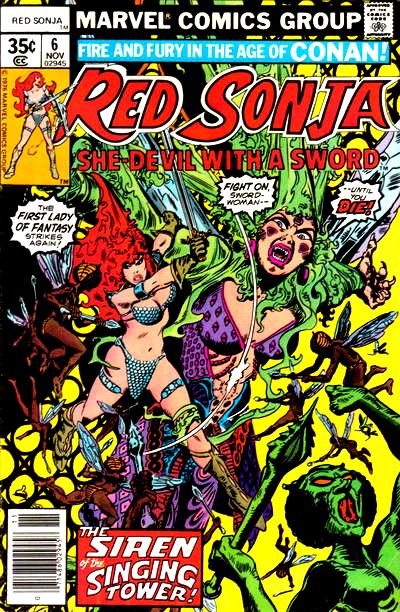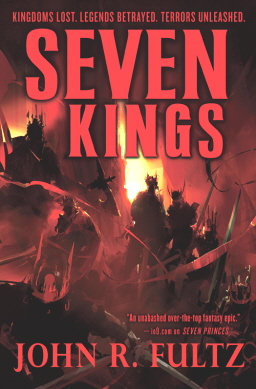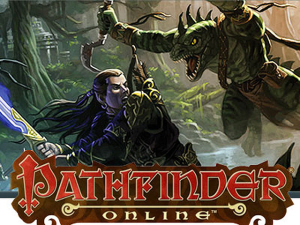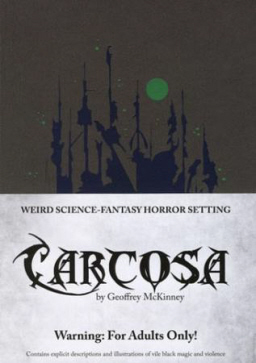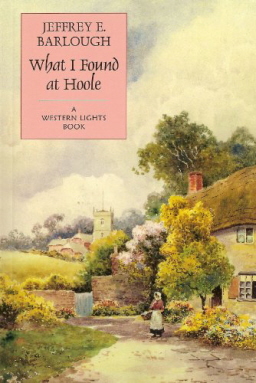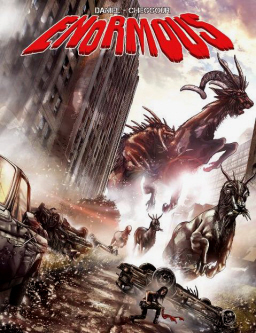New Treasures: Lords of Waterdeep
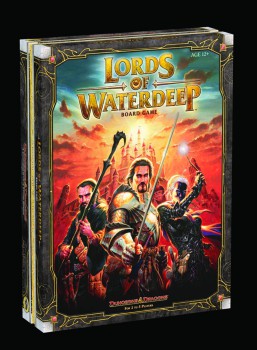 Well, the holidays are finally over and all the gifts have been put away. Unless you’re like me and you piled them all in the living room so you can gaze at them happily.
Well, the holidays are finally over and all the gifts have been put away. Unless you’re like me and you piled them all in the living room so you can gaze at them happily.
My family has started to complain, though. I asked for a lot of games, and consequently this year’s haul is a little harder to step over. I can’t help it — ever since I was a kid, I’ve equated the holidays with gaming. There’s just something joyful about gathering all your closest friends and family together for a friendly game of strategy around the kitchen table at Christmas. And then, crushing them all with an iron fist.
Of course, anyone can crush their opponents in a routine game, as I’m fond of saying (every time I lose, without fail, my friends tell me). It’s only the most challenging games, those that add those rare elements of intrigue and power politics, that yield a true sense of triumph.
Forget strategy — I want a game where I can play to my strengths. Backstabbing and subterfuge, that’s what I’m good at.
Which is why I’ve been so interested in Lords of Waterdeep, the new Dungeons & Dragons board game from Wizards of the Coast.
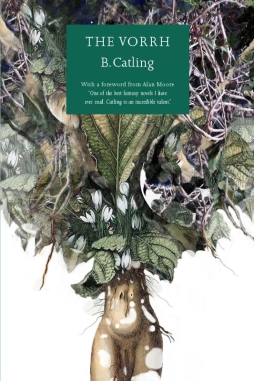 Raymond Roussel was a French surrealist writer who died in 1933, aged 56; one of his most famous works, Impressions of Africa, was a self-published novel (later turned into a play) depicting a fantastical African land based on no actual place, which contained a forest called the Vorrh. Late last year, the English sculptor and poet Brian Catling published his second novel, a story based on Roussel’s work: The Vorrh, first of a projected trilogy, described on its back cover as an epic fantasy. It’s a powerful book, precise and unexpected in its use of language and its plot construction, a dizzying and straight-faced blend of history and the unreal.
Raymond Roussel was a French surrealist writer who died in 1933, aged 56; one of his most famous works, Impressions of Africa, was a self-published novel (later turned into a play) depicting a fantastical African land based on no actual place, which contained a forest called the Vorrh. Late last year, the English sculptor and poet Brian Catling published his second novel, a story based on Roussel’s work: The Vorrh, first of a projected trilogy, described on its back cover as an epic fantasy. It’s a powerful book, precise and unexpected in its use of language and its plot construction, a dizzying and straight-faced blend of history and the unreal.